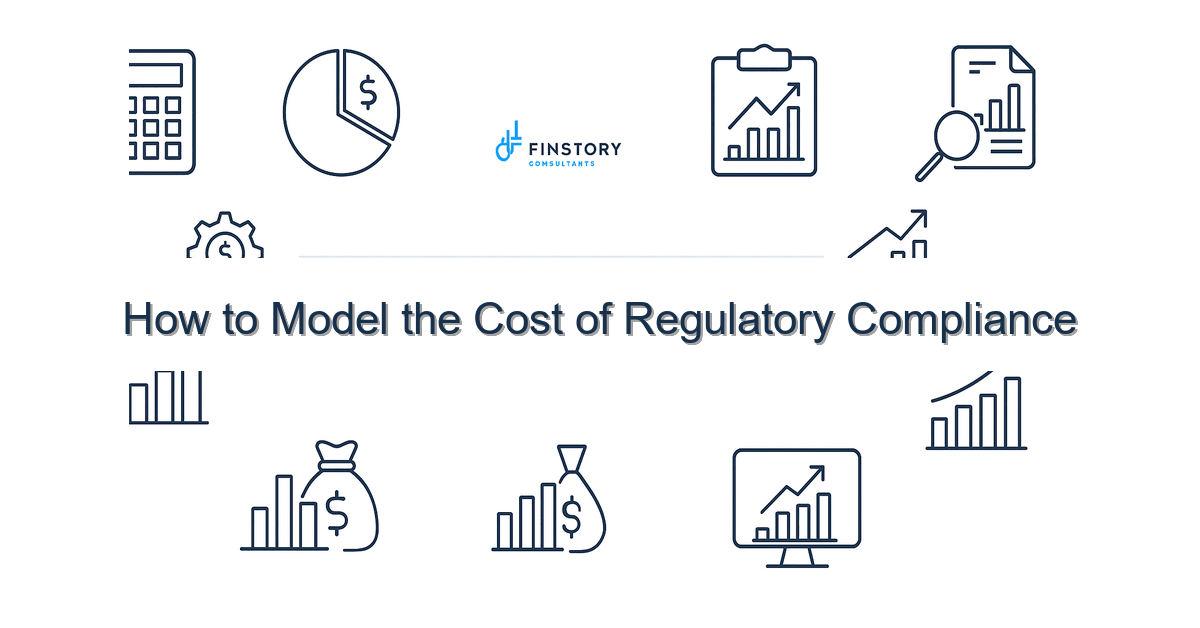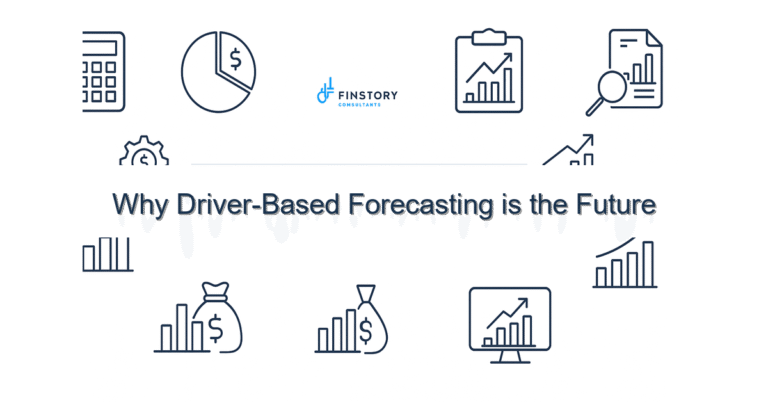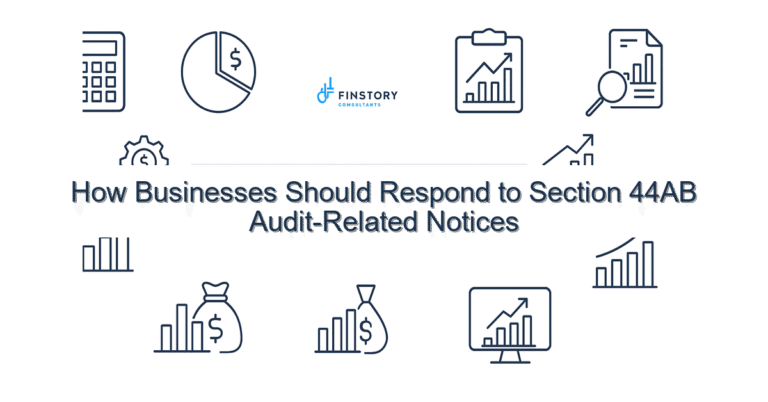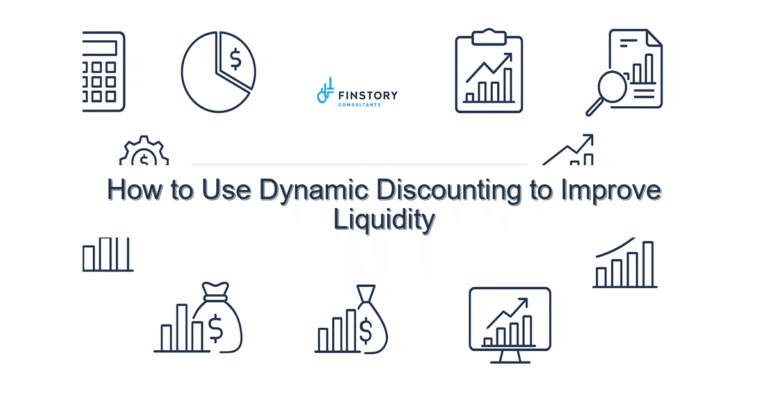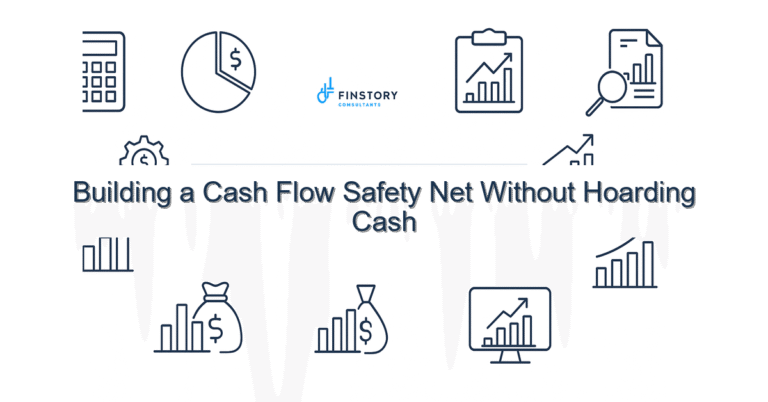How to Model the Cost of Regulatory Compliance
Regulatory change feels like a surprise bill you didn’t order: necessary, uncomfortable, and sometimes wildly expensive. You’re juggling audits, patient safety, and tight margins—while the finance team asks for an accurate number yesterday.
Summary: Build a repeatable healthcare regulatory compliance cost model that turns unknowns into informed decisions—so CFOs and operations leaders can budget confidently, prioritize investments, and measure ROI on compliance initiatives.
What’s the real problem? (Why the cost of regulatory compliance is misunderstood)
Most organizations treat compliance spend like an expense sink: reactive, fragmented, and often off-ledger. That makes it impossible to know whether a new requirement will require a $50k tweak or a $5M program.
- Symptom: Budget line items labeled “compliance” that balloon mid-year with no breakdown.
- Symptom: Departments implement fixes independently, creating duplicated effort and licensing costs.
- Symptom: Auditors or regulators demand documentation and you scramble to assemble it—costs spike due to rush consulting and overtime.
- Symptom: Leadership can’t answer: “What is the marginal cost of this new regulation?”
What leaders get wrong
Leaders usually err by treating compliance as a single bucket line-item, not a portfolio of discrete cost drivers. They default to pure historical budgeting or to outsourcing without cost modeling. That misses three realities:
- Compliance is both predictable (recurring audits, licensing) and variable (new rules, technology upgrades).
- Costs live in multiple places: IT, HR, clinical operations, facilities, legal, and third-party vendors.
- One-off project accounting masks the ongoing run-rate of compliance maintenance—so savings from process change never fully show up.
A better approach (3-step framework for modeling regulatory compliance costs)
Define the problem as a cost-portfolio, then quantify drivers and automate reporting. Here’s a simple 3-step framework you can use today to start modeling regulatory compliance costs.
- Inventory & categorize cost drivers: map recurring vs. project costs, internal vs. external, and one-time vs. ongoing.
- Build unit-cost and frequency assumptions: estimate hours, headcount allocations, vendor fees, and probability of enforcement events.
- Operationalize with a rolling model and dashboards: run scenarios (baseline, moderate change, high-change) and track actuals to refine inputs.
Real-world story: A mid-size health system we worked with was blindsided by a privacy regulation update. After building an initial healthcare regulatory compliance cost model, they discovered 40% of projected spend was duplicated between IT and clinical departments. By centralizing vendors and reallocating two FTEs, they cut projected compliance run-rate by 18% while improving audit readiness.
Quick stat: organizations that model compliance as a portfolio reduce surprise spend by an average of 25% in year one (internal Finstory analysis).
Quick implementation checklist
- List all compliance requirements active in your jurisdiction (HIPAA, CMS, state laws, accreditation).
- For each requirement, note impacted departments and whether costs are recurring or project-based.
- Estimate unit costs: hourly rates, vendor fees, license costs, and training per FTE.
- Assign probabilities for non-routine events (e.g., audit frequency, remediation likelihood).
- Build a 12–24 month rolling spreadsheet model with scenario toggles for key drivers.
- Wire actuals from GL/AP into the model monthly to close the loop on assumptions.
- Create a simple Power BI dashboard for leadership with top-line compliance run-rate and variance to plan.
- Set a review cadence (quarterly) with operations, legal, and IT to update assumptions.
- Document the methodology and owners so the model survives staff turnover.
What success looks like
When you model the cost of regulatory compliance well, you turn surprise spend into predictable decisions. Measure success with these KPIs:
- Accuracy of forecast vs. actual compliance spend: target within ±10% after first year.
- Reduction in emergency compliance spend: a 20–30% decrease in one-off consulting and overtime.
- Cycle time to decision: shorten from ad-hoc responses to approved remediation plan in < 30 days.
- Return on compliance investment: quantify avoided fines, reduced duplicate licensing, or FTE redeployment (aim for 2x ROI on optimization projects).
- Audit readiness score improvement: measurable increase in pass rate or documentation completeness.
Risks & how to manage them
Top risk: Underestimating cross-departmental costs. Mitigation: require each department to sign off on assumptions and capture embedded labor costs through timesheets or allocation rules.
Top risk: Static models that don’t update. Mitigation: automate GL/AP feeds and schedule monthly reconciliation of model inputs to actuals.
Top risk: Overcomplexity that prevents adoption. Mitigation: start with a minimal viable model focused on the 10 cost drivers that represent 80% of spend, then expand.
Tools & data
Practical modeling requires three technology pieces working together:
- Finance automation to pull GL, AP, and vendor data into a central model—reduces manual effort and improves traceability.
- Power BI or similar visualization tools to create leadership reporting and interactive scenario toggles—so CFOs can see marginal cost impacts live.
- Leadership reporting templates that tie compliance spend to KPIs (audit readiness, patient safety, and ROI) so conversations focus on trade-offs—not surprises.
Start by integrating vendor invoices and payroll allocations into the model. Once those feeds are live, you can create a monthly compliance run-rate card for your executive team.
FAQs
Q: How do I estimate the cost of a new regulation?
A: Break it into tasks (policy update, training, IT changes, monitoring). Estimate hours × rate for each, add vendor quotes, and include a 20–30% contingency for unknowns.
Q: Should compliance costs live in the central budget or departmental budgets?
A: Do both. Capture costs centrally for visibility and accountability, but allocate recurring run-rate to departments to drive ownership.
Q: How often should the model be updated?
A: Monthly for financial reconciliation, quarterly for scenario updates aligned with regulatory calendars.
Q: Can we model intangible benefits like reduced risk?
A: Yes—translate risk reduction into expected value by estimating probability of enforcement and typical penalty/remediation costs. That gives you a conservative ROI for preventive spend.
Next steps
If you want to move from reactive budgeting to confident planning, start with an inventory and a simple 12-month model. Use it to run two scenarios: business-as-usual and regulatory shock. Share the results with clinical and IT leaders to align on priorities.
Ready to model the cost of regulatory compliance with a repeatable, auditable approach? Contact Finstory for a tailored workshop where we map your cost drivers, build a finance-grade model, and stand up Power BI dashboards so leadership can act with confidence.
Work with Finstory. If you want this done right—tailored to your operations—we’ll map the process, stand up the dashboards, and train your team. Let’s talk about your goals.
Related reading: see our posts on financial forecasting for healthcare and learn about our finance ops automation services to speed implementation.
Contact CTA: If you’d like help building a healthcare regulatory compliance cost model or running a scenario workshop, reach out to Finstory. We’ll help you stop guessing and start budgeting with clarity.
📞 Ready to take the next step?
Book a 20-min call with our experts and see how we can help your team move faster.
Prefer email or phone? Write to info@finstory.net
or call +91 44-45811170.
